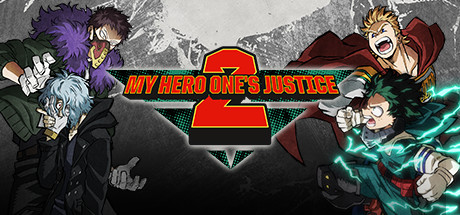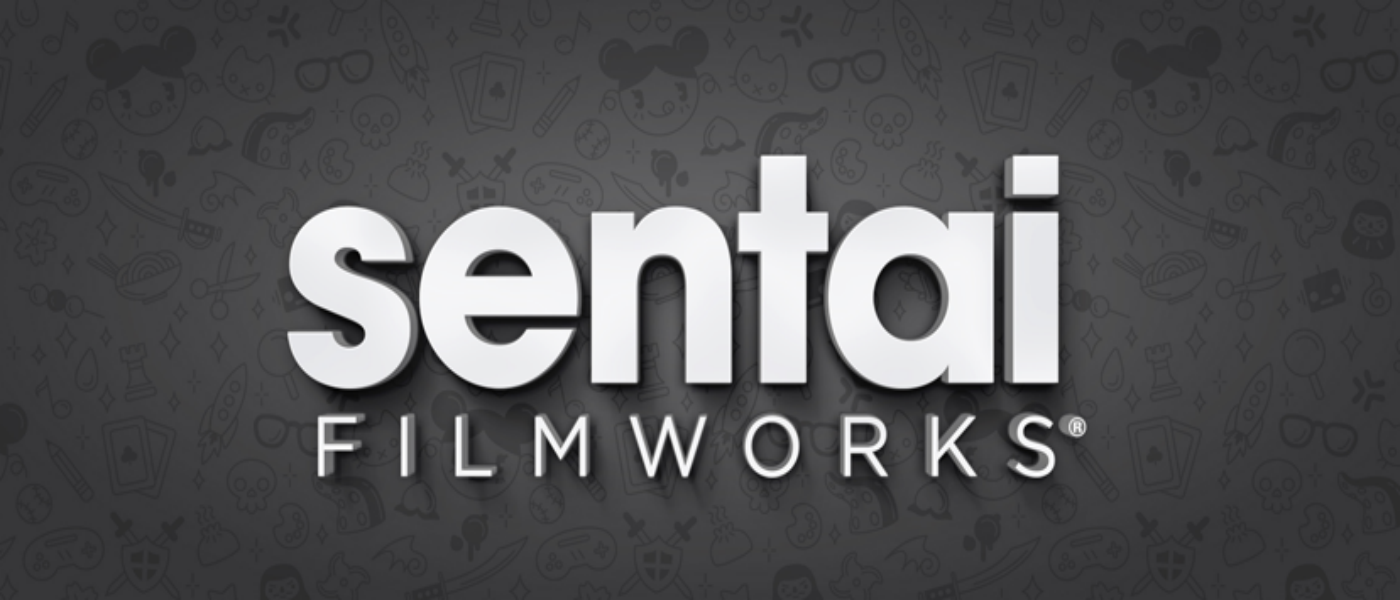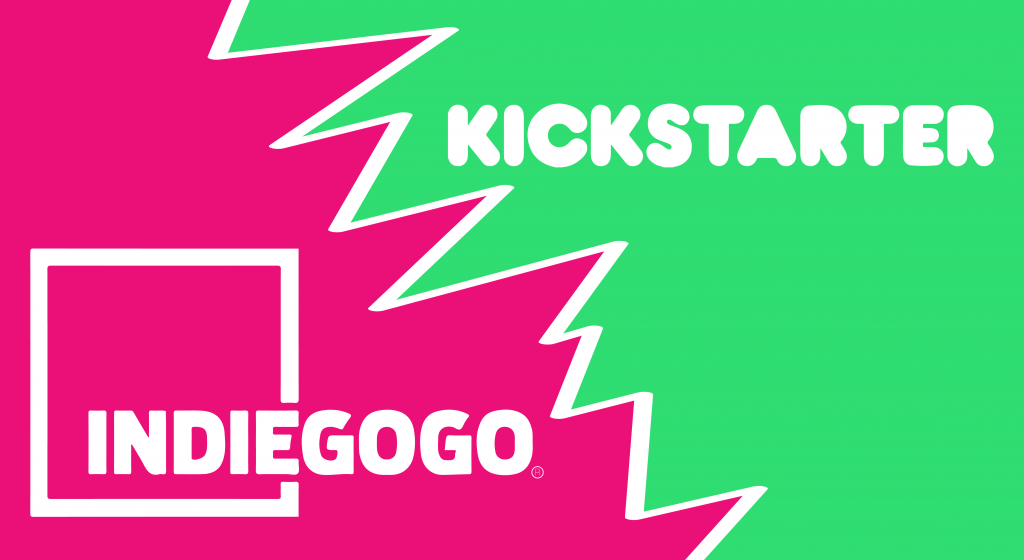Review: My Hero One’s Justice 2
Developed & published by Bandai Namco who currently owns the publishing rights to various anime & manga game properties from Shonen Jump such as Dragonball, Naruto, One Piece, Jojo’s Bizarre Adventure, Death Note, etc. Based on the ongoing manga series by Kōhei Horikoshi, My Hero Academia follows the story of Izuki “Deku” Midoriya who’s been gifted with his “quirk” and with an idealistic gusto, decides to take on The League of Villains, alongside a host of colorful characters that have instantly grabbed the attention of anime fans. Much like the first game, the powerful beings of MHA clashing in battle are perfectly structured for a fighting game but this time to top this as a sequel, 18 new characters are added to the mix giving the roster a total of 40 to work with as some may require unlocking. As a fighting game, My Hero One’s Justice 2’s gameplay is a double-edged sword. Controls are properly explained through various tutorials in the early chapters of story mode, and pausing the game gives a standard command list for the current character, which is useful for handling heroes other than Deku, whom for the most part, you play as in the tutorial chapters. And in a similar fashion to the later Dead or Alive games, the gameplay delivers a level of hard-hitting intensity to the fight scenes which is taken a step further with the added bonus of environmental destruction offering a cool visual gimmick across the course of battle adding a level of interactivity and depth to each encounter.
Aesthetically, My Hero One’s Justice 2 looks great and faithfully replicates the art style of both the manga and anime it’s based on with graphics that properly utilize the use of 3D cel-shading. However, this can often be to its detriment. While the characters look the part, the story mode itself is presented through comic-book-inspired panels which are often lengthy and tedious to sit through rather than actual cutscenes full of movement and interactivity. In a nutshell, the sequel’s plot retells the events from the middle of season 3 and concludes in the middle of season 4. There are, maybe, three total fully-recreated cutscenes from the anime that goes on display, and that just echoes the aforementioned notion of leaving more to be desired. You’ll fight, mostly, the same battles that take place in the anime with the appropriate characters, but there are hardly any moments that make them feel unique. While this game came out months ago, an English Dub Patch with new balance-changes was recently released at the request of fans who have nothing but love for the Funimation Dub, and the voice cast manages to deliver their performances in spades. There are also unlockable victory lines you can have each character to say after a hard-fought battle, along with an option to switch to the Japanese language setting with English subtitles which I can also appreciate if you’re a Japanese purist, but I doubt most people would choose this option.
The gameplay battles in My Hero One’s Justice 2 are chaotic & colorful, with each character sporting a selection of fast-paced combos, ranged attacks, and grandiose super moves. Each player can also bring two partners into battle in a gameplay mechanic called the “sidekick system”, who you can order to jump in for a quick attack once you’ve waited for a special meter to fill up. Outside of your offensive capabilities, you can dash, block, and recover with a sense of fluidity. The level of anime-style on display is just perfect for a My Hero Academia game, with comic book-inspired word-bubbles poofing into existence. There are plenty of other modes to play through the game outside of the story, such as your standard & typical Versus, Arcade, and Online modes, there’s also the fully fleshed out Mission mode where lots of replay value can be spent for the single-player audience. In Mission mode, you choose your starting characters and move about a grid defeating all the enemies. And much like Tekken’s Survival mode, You don’t always heal between fights, but there are health items placed on the grid as well as bonus cards that give you power-ups in battle. As you unlock & level up more characters, skill, timing, and strategy become essential to clear each level. And much like more recent fighting games out there, any fight you complete earns you a small reward with its in-game currency system known as “hero coins”, which can be used to scout characters in mission mode or to purchase items for customization, of which there is a substantial amount giving greater replay value. These items can also be unlocked by meeting certain battle conditions in story mode, and there’s such a wide variety of that you can really go wild on customizing your hero, from special gauntlets, clothing pieces, headgear, etc. 
Our Take
Overall, If I had any minor complaints, it’s that My Hero One’s Justice 2 is near identical to the previous game in terms of gameplay & aesthetics with just newly added modes and many of the characters from the first game remain present without anyone replaced or removed and it really doesn’t do much to distant itself from other shonen games. The story content is obviously covering a different period of the anime & manga it’s based on, but unless you’re a longtime fan, it doesn’t really offer anything new outside of that.
What does compensate for the completists out there is a ton of content to keep you busy over its plethora of game modes and upcoming DLC on the way with new characters and gimmicky costumes.














"There are also other characters that come and go (also owned by the Warner Bros. Discovery conglomerate media company)."
Huh. Is that just referring to other characters from the show itself, or is this implying that the new season is going to have cameos from other WBD IPs